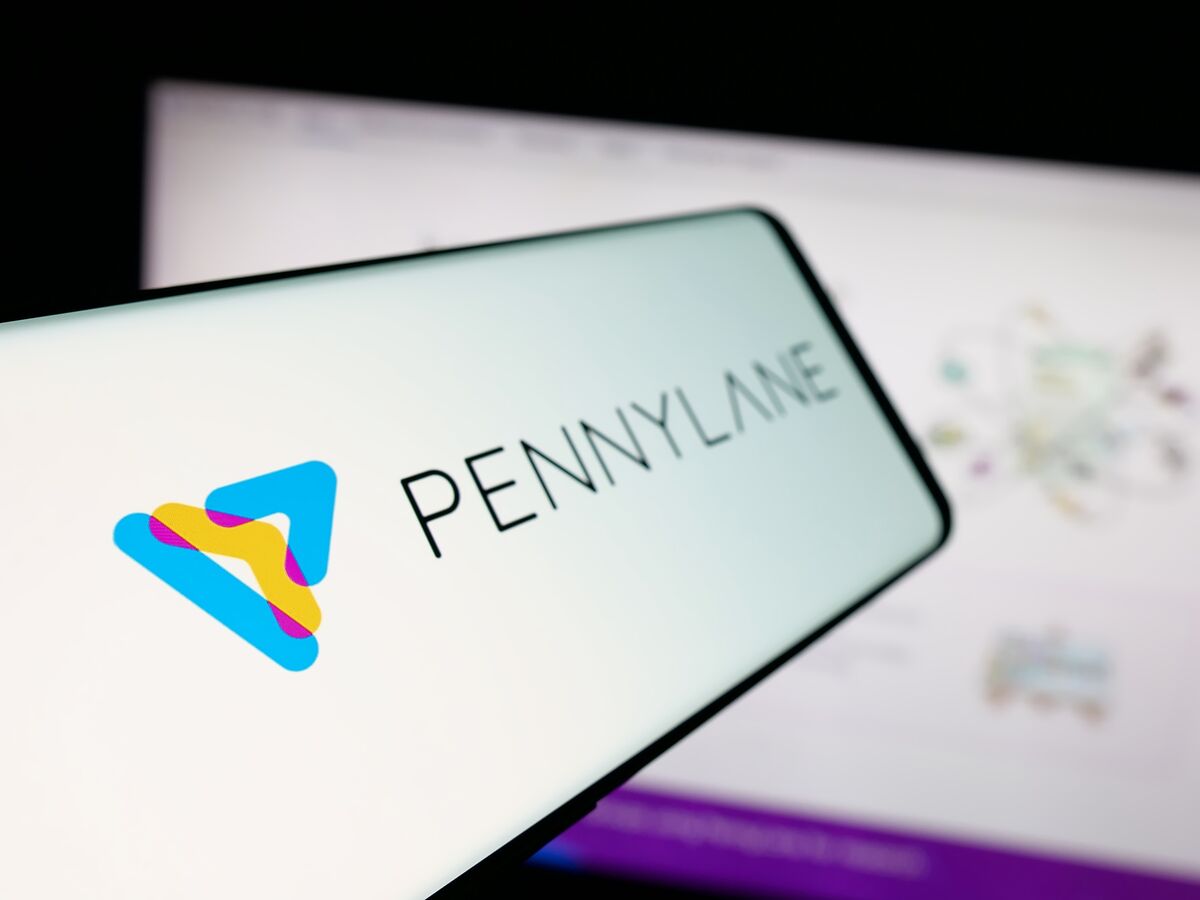How Well Do LLMs Understand Tunisian Arabic?
NegativeArtificial Intelligence
- A recent study highlights the limitations of Large Language Models (LLMs) in understanding Tunisian Arabic, also known as Tunizi. This research introduces a new dataset that includes parallel translations in Tunizi, standard Tunisian Arabic, and English, aiming to benchmark LLMs on their comprehension of this low-resource language. The findings indicate that the neglect of such dialects may hinder millions of Tunisians from engaging with AI in their native language.
- The implications of this study are significant, as it underscores the risk of pushing Tunisian speakers towards using French or English, potentially eroding the use of their dialect. This shift could adversely affect literacy rates and influence younger generations to prioritize foreign languages over their native tongue, threatening cultural preservation.
- The challenges faced by LLMs in understanding low-resource languages like Tunisian Arabic reflect broader issues in the AI field, where the performance of these models often varies significantly based on the language and demographic factors. This raises questions about the inclusivity of AI technologies and the need for frameworks that can better evaluate and enhance LLM capabilities across diverse linguistic contexts.
— via World Pulse Now AI Editorial System

